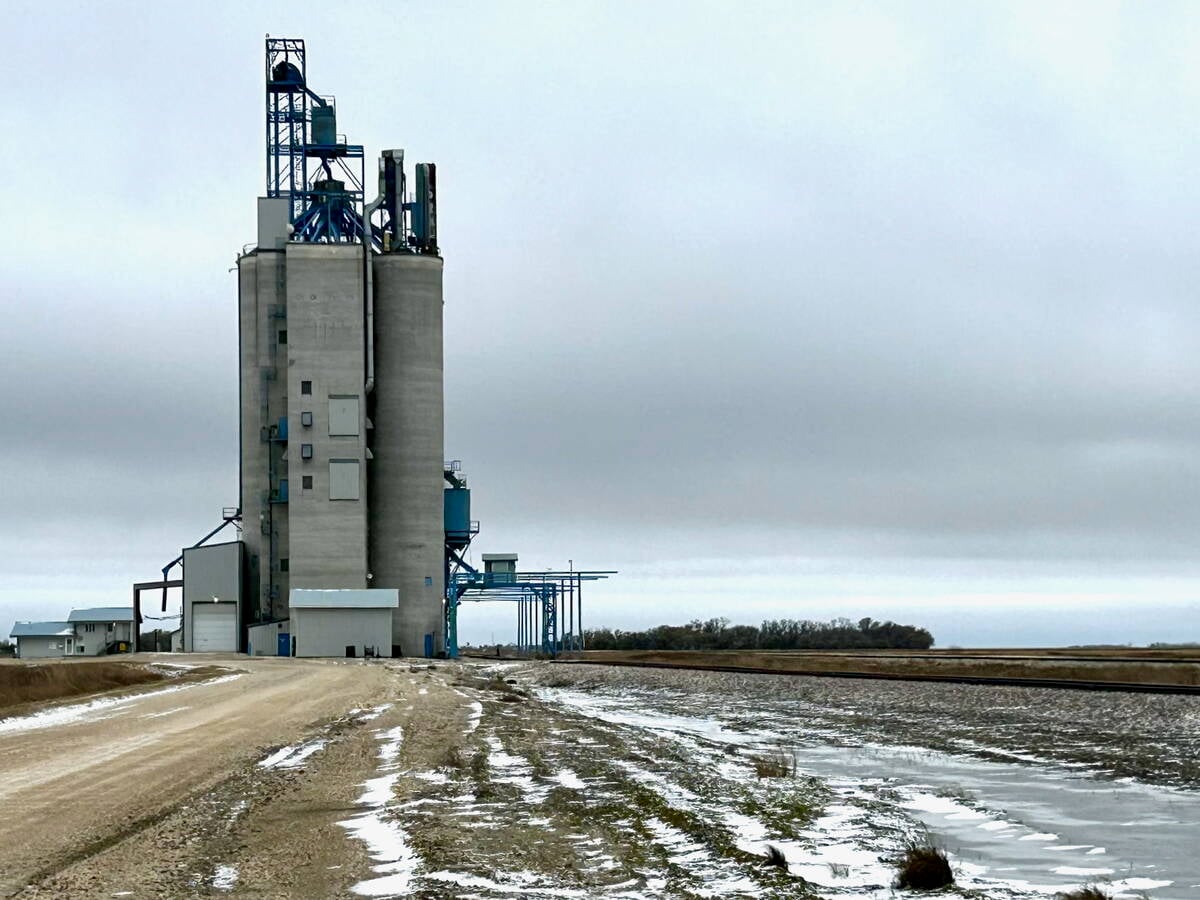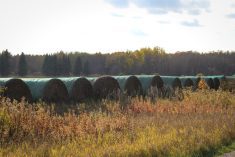MarketsFarm — Warm and dry conditions across much of the Prairies in May caused drought conditions to worsen, especially in Alberta, according to the latest Drought Monitor report from Agriculture and Agri-Food Canada.
As of May 31, an estimated 79 per cent of the Prairie region was classified as abnormally dry (D0) or in moderate to extreme drought (D1 to D3), including 82 per cent of the region’s agricultural landscape.
That compares with 65 per cent in the abnormally dry to severe drought range the previous month, when 78 per cent of the agricultural land was impacted.
Read Also

Larger Canadian canola and wheat ending stocks expected
Agriculture and Agri-Food Canada raised its 2025/26 carryout forecasts for canola and wheat in its latest supply/demand update released Dec. 17.
By the end of May an estimated nine per cent of the Prairies was dealing with severe to extreme drought (D2 to D3), from four per cent at the end of April.
“The Prairie region experienced a significantly dry and warm May, especially across southern and central parts of Alberta and southern parts of Manitoba,” the report said.
Average temperatures were reported between 3 C and greater than 5 C above normal across the region this month, with several locations reporting temperatures of more than 7 C above normal.
A record number of wildfires were reported across northern parts of the region, with a slow vegetative green-up and a late spring thaw contributing to the fire activity.
Soil moisture reserves were reported as extremely low across much of Alberta. “Because of these low reserves, crops will require timely rains to sustain them throughout the growing season,” AAFC said, noting two extreme drought pockets had been designated in Alberta.
The drought situation in Saskatchewan changed slightly this month compared to April, though the pattern remained the same: near- to above-normal precipitation fell in southern parts of the province while the north remained dry. Western parts of the province also continued to deal with impacts from the dry conditions as producers reported a lack of spring runoff and limited water availability. In contrast, a persistent jet stream allowed several storm systems to pass into southern parts of Saskatchewan, bringing sufficient moisture to the area.
Dry conditions in Manitoba shifted slightly eastward during the month, as southeastern and northeastern parts of the province received limited precipitation. These areas saw less than 40 per cent of normal precipitation in May, while southwestern Manitoba saw anywhere from 60 to 115 per cent of the expected monthly normal.
















